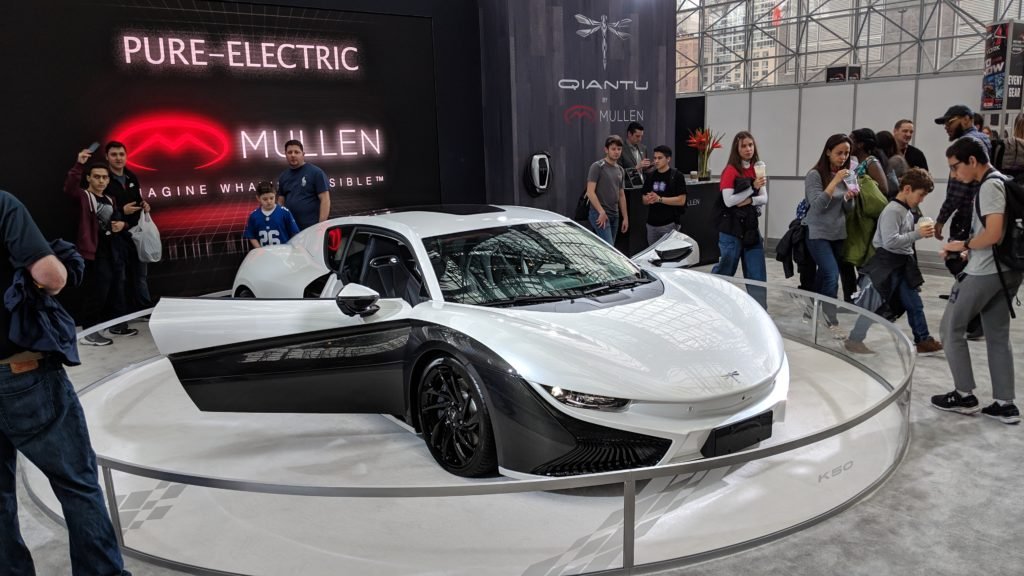Exciting parallels between new gTLDs and Formula E
Recently, I attended the New York International Auto Show at the Jacob Javits Convention Center in NYC. It’s a yearly ritual with my son and one thing is clear electric is booming. I recommend it to anyone in the area. It runs until Sunday 28th April.
There’s amazing tech across multiple show floors, including safety features, in car entertainment, electric vehicles and lots of experiences with auto VR.

Almost every major car company is proudly and prominently displaying their EVs and the high performance sports cars on show are jaw dropping.
As I reflected after my visit, I couldn’t help but think about the challenges that electric vehicles have had to face: improving the technology of the car motors, batteries and charging stations, boosting consumer awareness and interest, negotiating laws/standards/governments, carrying significant losses while wooing and maintaining investors and fighting anti-electric forces.
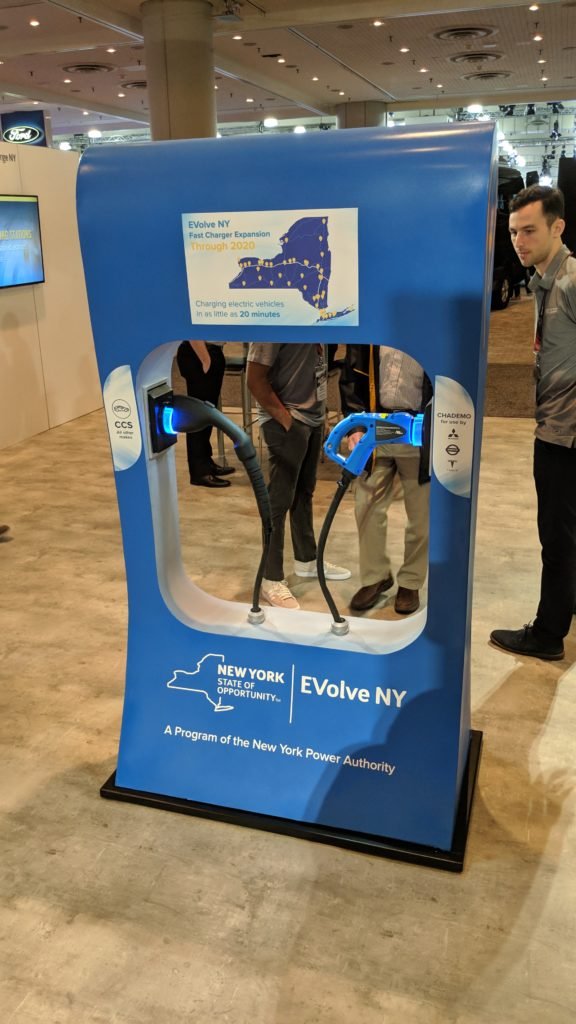
I read somewhere that the car companies make 40% of their income from the maintenance and replacing parts on gas guzzling cars – the implication could be that an electric motor and battery may be more efficient and cut into those profits.
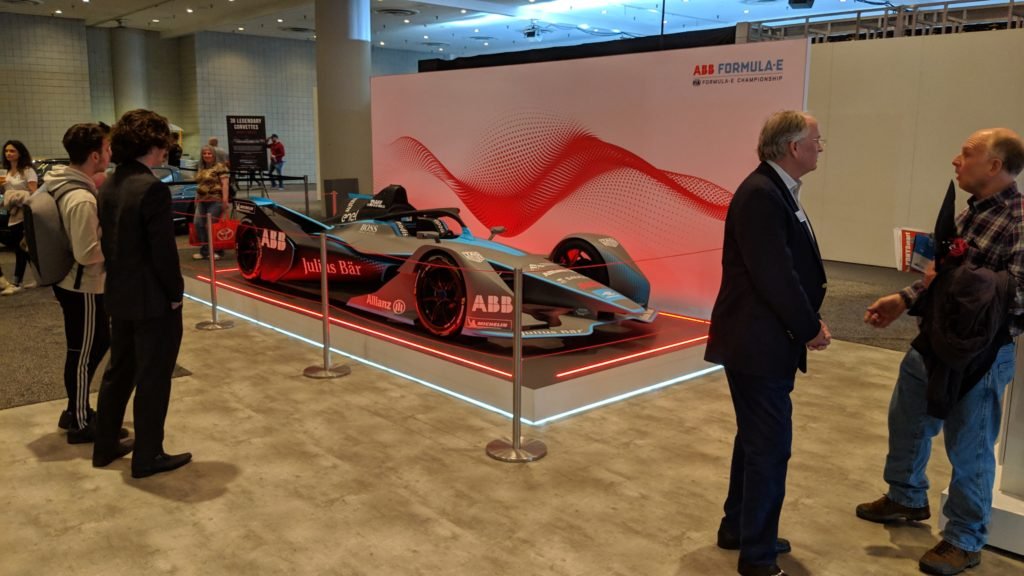
The pinnacle of the extreme challenges faced by the wave of electric vehicles are evident with Formula E. I knew very little about Formula E until recently but this motorsport involves only electric-powered cars and the inaugural championship commenced in Beijing in September 2014 with the original conception of the idea happening in 2011.
This is where I noticed parallels in the similar timeline between Formula E and the .NYC domain extension. In 2009 Christine Quinn (City Council Speaker) proposed the .nyc TLD as a public-private partnership. In 2012 Neustar was selected to run the .nyc registry and by October 8th 2014 .nyc domains were available for the public to register.
Formula 1 (non-electric gas-guzzlers) has the head start as a motorsport, with clear advantages of legacy, tested technology, marketing and audience (tickets, merchandise, TV viewers, advertisers…), so will Formula E ever overtake them in the eyes of the public? Will the technology behind electric race cars in Formula E ever surpass that seen in Formula 1 cars today?
The big questions for this rivalry would be speed, control and cooling. Electric motors have a lot of potential but they get extremely hot at high speeds. Currently, the top speed for Formula E cars is about 175mph whereas Formula 1 cars have been recorded at speeds around 230mph. Sure Formula E vehicles have a lower top speed but compete well in acceleration and handling – plus they’ve accomplished so much in their childhood.
Back to the gTLD program (including .nyc, .toys, .tech). They are still so young but overall the program has accomplished a lot.
- There has been innovation in terms of the tech behind the TLD (e.g. .app and .dev using HSTS preloading for extra security, Google’s docs.new providing a quick way for you to open a new Google Doc)
- Innovation has also occurred with the structure of the gTLD program. There are geoTLDs like .nyc that has a nexus requirement where you must live or work in the City of New York to register one – this helps build useful communities with more inherent trust. Other structures include .keywords (e.g. .toys or .tech) which help organize the web much more semantically.
- Mindshare among web users has increased
- Adoption by end users (small businesses especially) has increased
- Some TLDs have changed hands at different registries. Some have failed. Some have found their feet with pricing structures. Generally, disruption has ensued and this was necessary as it was with establishing a growing electric car, battery and charging station industry – so we can get to a pivotal and calmer point of certainty.
While nowadays many people think of Tesla when they think of electric vehicles, interestingly, they weren’t at the NY Auto Show and yet electric vehicles were ubiquitous.
I believe that this will be the future of the web. New gTLDs will continue to take root in the minds of web-users and more end users and developers will continue to register them.
To add some anecdotal evidence to my claims, below are some photos and a screenshot of .nycs in use (all taken the same day I visited the auto show).
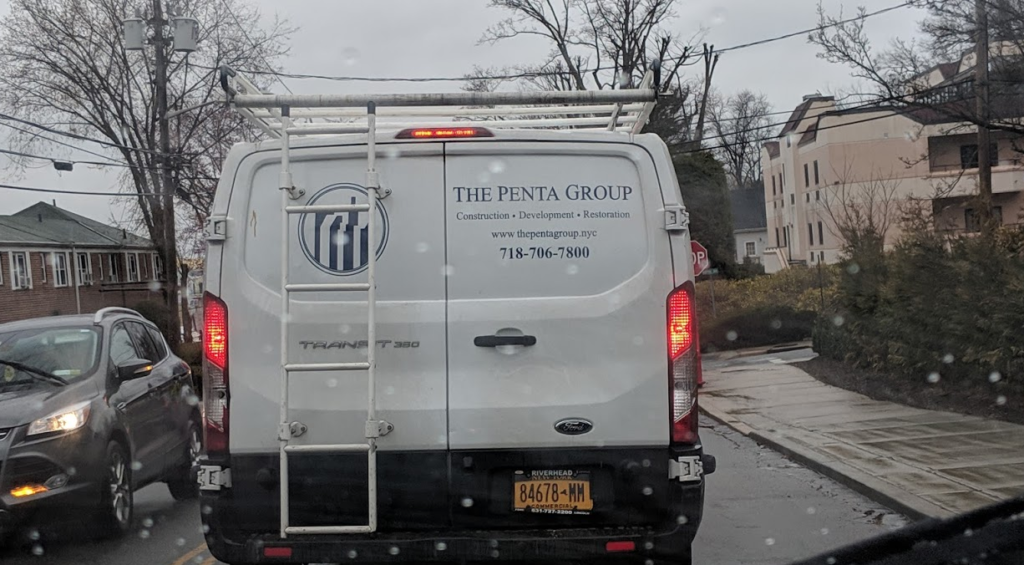
Driving to the station, the van in front advertised their construction business website thepentagroup.nyc.
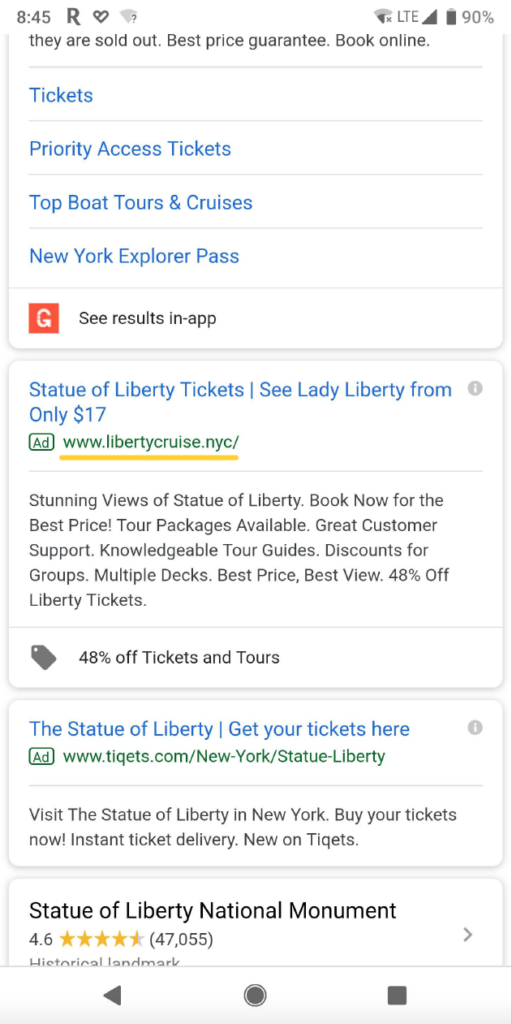
While in a taxi, my son wanted to know if the Statue of Liberty’s crown was open to the public. I Googled it on my phone and the second ad was for libertycruise.nyc so I took a screenshot.
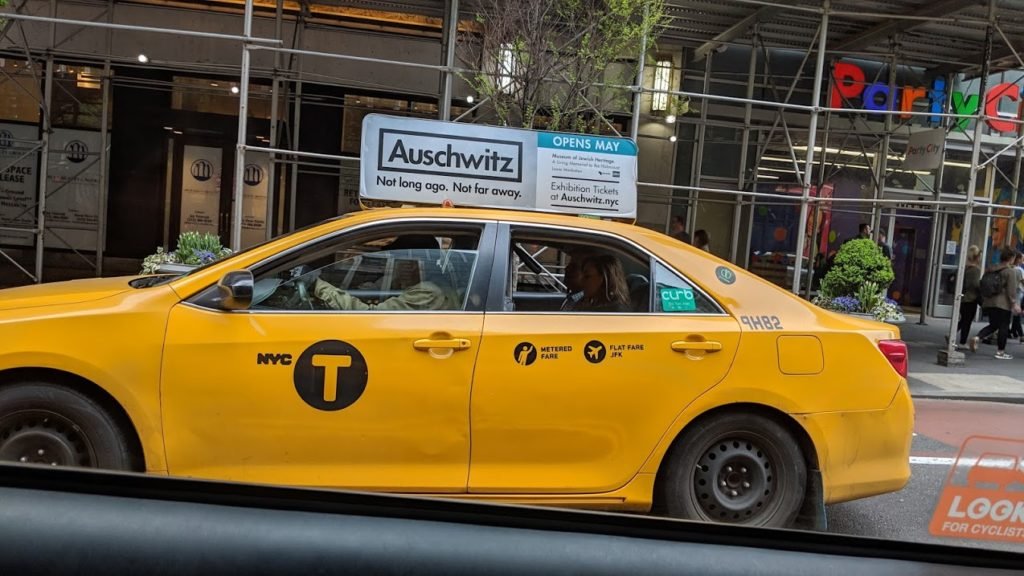
A few minutes later I looked out of the cab and noticed a taxi, going in the other direction, advertising tickets to an Auschwitz Exhibition at the Museum of Jewish Heritage – their domain is clearly Auschwitz.nyc.
One interesting thing to note with the above domain is that it’s bold, at the end and more importantly there’s no need for a www. before the domain. We’ve reached a point (at least in New York City) that the public knows that word.nyc is a domain name.
So what do you think of the parallels between electric vehicles (especially Formula E) and the new gTLD program (especially .nyc)? Have you noticed a tipping point with any other domain extensions? Have you registered any gTLDs for your own use or for an investment?
Also I’ll be writing about our entire visit to the NY International Auto Show later today at Kids.nyc so if cars and tech are your thing, take a look.
